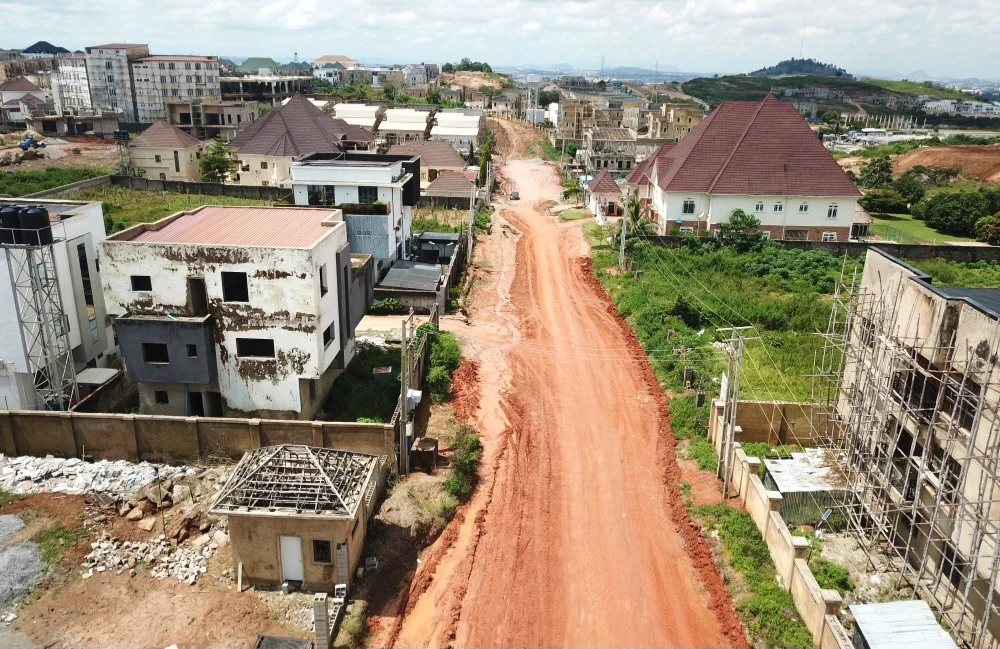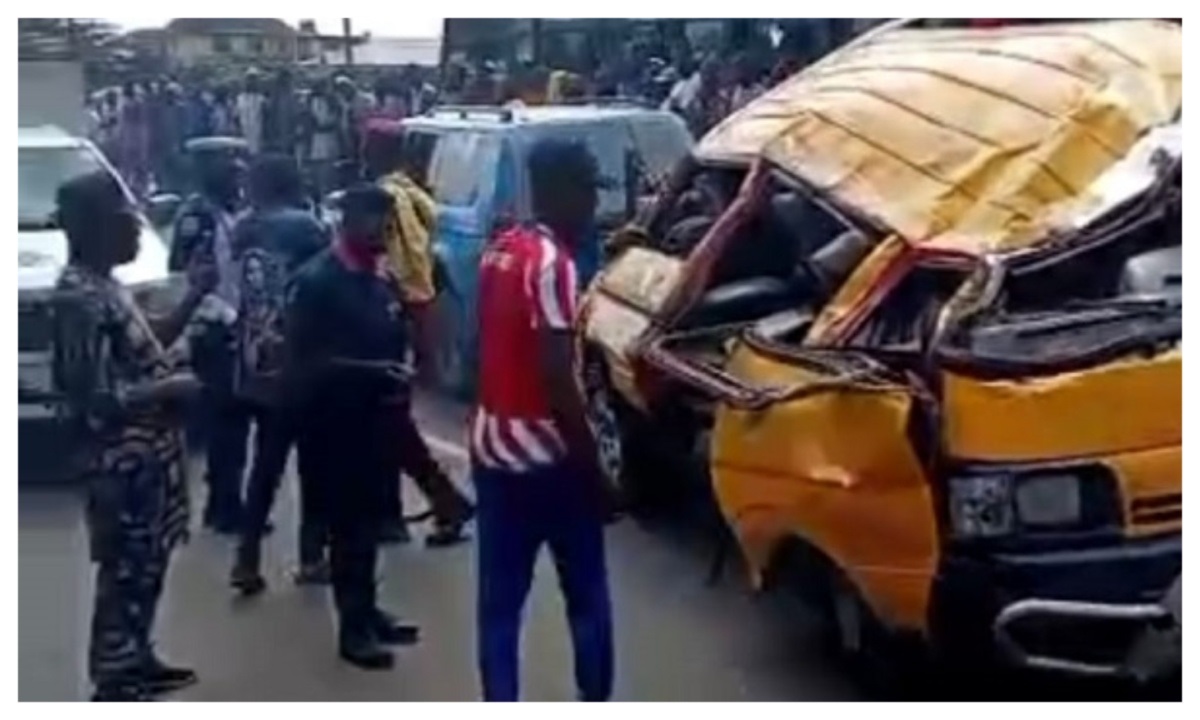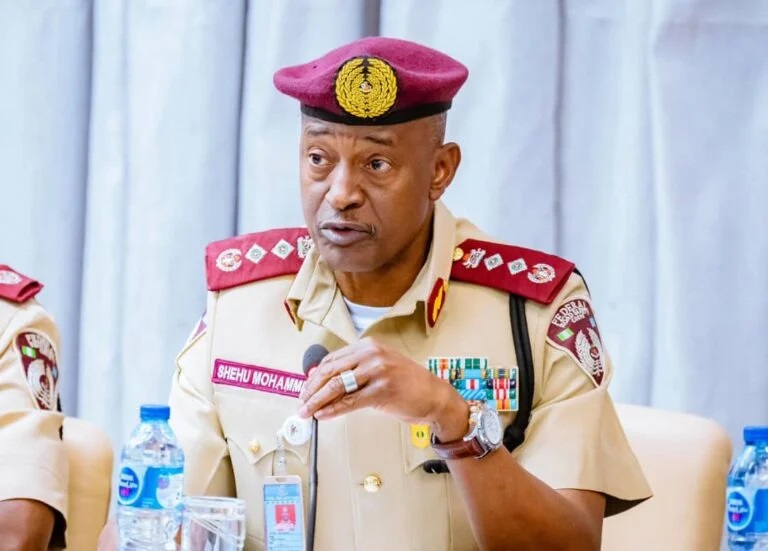The Minister of the Federal Capital Territory (FCT), Nyesom Wike, has warned against arbitrary street naming within the territory, describing the practice as unacceptable and undignified.
Wike issued the warning on Wednesday during the inauguration of a project to provide engineering infrastructure to outstanding layouts within Guzape, Asokoro District.
He particularly cautioned the Chairman of the Abuja Municipal Area Council (AMAC), Christopher Maikalangu, against unauthorised naming of streets and roads constructed by the FCT Administration.
The minister condemned reports that some streets were being named after individuals who allegedly paid money to council officials.
“We cannot be constructing roads and providing infrastructure, then you wake up one morning and name them after people that do not merit them. It is unacceptable for people to write you, pay you money, and you name streets that the FCTA is struggling to fund after them. If you have collected such money, I will advise that you better refund them,” Wike said.
He stressed that street naming in Abuja must remain a dignified process reserved for persons who have made genuine contributions to national or community development, not for financial gain.
On the project, Wike reiterated the FCTA’s commitment to providing essential infrastructure to make Abuja more modern and globally competitive.
Earlier, the Minister of State for FCT, Dr Mariya Mahmoud, said President Bola Tinubu’s vision of ensuring accessibility in every district continues to drive the administration’s development efforts.
She explained that the road networks and facilities would not only open up districts but also improve connectivity, reduce travel time, and ease congestion on adjoining routes.
Also speaking, Mr Richard Dauda, Acting Executive Secretary of the Federal Capital Development Authority (FCDA), said the project, awarded in March to Dantata and Sawoe Construction Company, has an 18-month completion period.
Dauda outlined the scope to include infrastructure for about 24 short routes covering 9.2 kilometres, earthworks, water drainage, asphalt-paved roads, culverts, street lighting, power supply, water distribution, and telecommunication ducts.





